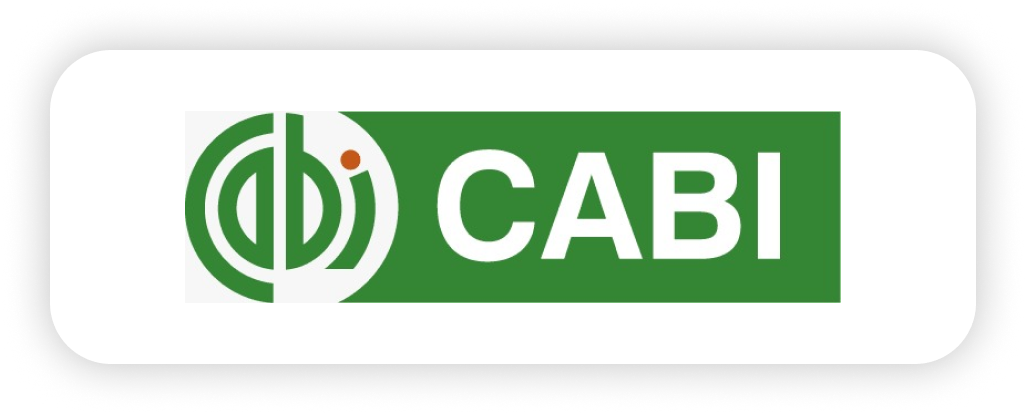Erosion Hazards in the Tayan Sub-Watershed, West Borneo Province
DOI:
https://doi.org/10.61857/emstdy.v1i1.33Keywords:
Environmental Risk, Erosion Hazard, Erosion Prediction, Geographic Information System (GIS)Abstract
This research focuses on predicting erosion in the Tayan Sub Watershed, a part of the Kapuas Watershed in the Tayan Hilir District, Sanggau Regency, West Kalimantan Province. Watersheds play a crucial role in providing quality water, and land changes can lead to watershed damage, particularly concerning erosion. This research utilizes the Universal Soil Loss Equation (USLE) model combined with Geographic Information System (GIS) to predict the distribution of erosion hazard in Sub DAS Tayan. Parameters analyzed in this research include rainfall factors, soil erodibility, slope steepness, and land cover. The results indicate that erosion hazard classes in Sub-DAS Tayan range from low to high. Although most soils have low erodibility, the presence of areas with high erodibility suggests potential erosion risks that need attention. The majority of slopes fall into the flat to moderately steep categories, coupled with the dominance of secondary forest land cover, indicating an environmentally risky condition for future erosion occurrence. This research is expected to assist decision-making regarding soil and water conservation actions in the Tayan Sub Watershed.
References
Arsyad, S. (2009). Konservasi tanah dan air. Pt Penerbit Ipb Press.
Asdak, C. (2023). Hidrologi dan pengelolaan daerah aliran sungai. UGM PRESS.
Belasri, A., Lakhouili, A., & Halima, O. I. (2017). Soil erodibility mapping and its correlation with soil properties of Oued El Makhazine watershed, Morocco. Forestry, 2(3), 4.
Bols, P. (1978). Belgian Technical Assistance Project ATA 105. Soil Research Institute.
Dabral, P. P., Baithuri, N., & Pandey, A. (2008). Soil erosion assessment in a hilly catchment of North Eastern India using USLE, GIS and remote sensing. Water Resources Management, 22, 1783–1798. https://www.academia.edu/download/51082378/s11269-008-9253-920161227-26902- cydg1s.pdf
Dariah, A., Sutono, S., Nurida, L., Hartatik, W., & Pratiwi, E. (2015). Pembenah tanah untuk meningkatkan produktivitas lahan pertanian. Penggunaan Pembenah Tanah Organik dan Mineral untuk Perbaikan Kualitas Tanah
Devatha, C. P., Deshpande, V., & Renukaprasad, M. S. (2015). Estimation of soil loss using the USLE model for the Kulhan Watershed, Chhattisgarh-A case study. Aquatic Procedia, 4, 1429–1436.
Erencin, Z. (2000). C-Factor mapping using Remote Sensing and GIS: a case study of Lom Sak / Lom Kao,
Thailand.
Hammer, W. I. (1981). Second Soil Conservation Consultant Report. In AGOVINS/78/006.~Tech. Note.
10. Centre for Soil Research. Hardjowigeno, S. (1987). Ilmu tanah. UGM Press.
Kooiman, A. (1987). The Factor C: Relations between Landcover and Landuse, and Aspects of Soil Erosion, Specifically for the Upper Komering Catchment, South Sumatra, Indonesia.
Lillesand, T., Kiefer, R. W., & Chipman, J. (2015). Remote sensing and image interpretation. John Wiley & Sons.
Morgan, R. P. C. (2009). Soil erosion and conservation. John Wiley & Sons.
Peta Jenis Tanah 1:50.000 Kalimantan Barat. (2018).
Prayitno, Tasirin, J. S., Sumakud, M. Y. M. A., & Rombang, J. A. (2015). Pemanfaatan Sistem Informasi Geografis (SIG) dalam Pengklasifikasian Bahaya Erosi Pada DAS Talawaan. COCOS, 6(11). https://ejournal.unsrat.ac.id/index.php/cocos/article/download/8455/8033
Purba, E. C., Suryani, L., Musthofa, A. N. H., & Syafe’i, H. (2020). Analisis Tingkat Bahaya Erosi Area Hulu dan Hilir Menggunakan Metode USLE Daerah Aliran Sungai (DAS) Garang, Kota Semarang, Jawa Tengah. Jurnal Geosains dan Teknologi, 3(2), 73–82. https://ejournal2.undip.ac.id/index.php/jgt/article/view/7571
Siregar, S. M., Sumono, & Harahap, L. A. (2014). Kajian Permeabilitas Beberapa Jenis Tanah di Sei Krio Kecamatan Sunggal dan di PTPN II Kecamatan Tanjung Morawa Kabupaten Deli Serdang Melalui Uji Laboratorium dan Lapngan. Jurnal Rekayasa Pangan Dan Pertanian, 2(3).
Surono, S., Husain, J., Kamagi, Y. E. B., & Lengkong, J. (2013). Aplikasi Sistem Informasi Geografis dalam Memprediksi Erosi Dengan Metode USLE di Sub DAS Dumoga. COCOS, 3(5). https://ejournal.unsrat.ac.id/v3/index.php/cocos/article/view/2372/1906
Thompson, L. M. (1952). Soils and Soil Fertility (Vol. 74, Issue 3). LWW. https://journals.lww.com/soilsci/citation/1952/09000/Soils_and_Soil_Fertility.25.aspx
Triatmodjo, B. (2006). Hidrologi Terapan. Beta Offset.
Wischmeier, W. H., & Meyer, L. D. (1973). Soil erodibility in construction areas. Highway Research Board, Special Report, 135, 20.
Yatno, E., & Prasetyo, B. H. (2010). Soils Developed on Serpentinite in Pnyipatan District, South Kalimantan: Characteristics and Their Suitability for Maize. Jurnal Tanah Dan Iklim, 32, 1–11. https://repository.pertanian.go.id/server/api/core/bitstreams/1db7fe8e-772e-4968-ba61- 4dcf3a13fa2a/content
Yuningsih, S. M., Raharja, B., Sudono, I., & Fauzi, F. (2012). Estimasi Laju Erosi Pada Beberapa Daerah Tangkapan Air Waduk Di Daerah Aliran Sungai Bengawan Solo Dengan Sistem Informasi Geografi. Jurnal Sumber Daya Air, 8(1), 39–52.
Downloads
Published
Issue
Section
License
Copyright (c) 2023 Environmental Management Study

This work is licensed under a Creative Commons Attribution-NonCommercial 4.0 International License.
Creative Commons Attribution-NonCommercial 4.0 International License.


















